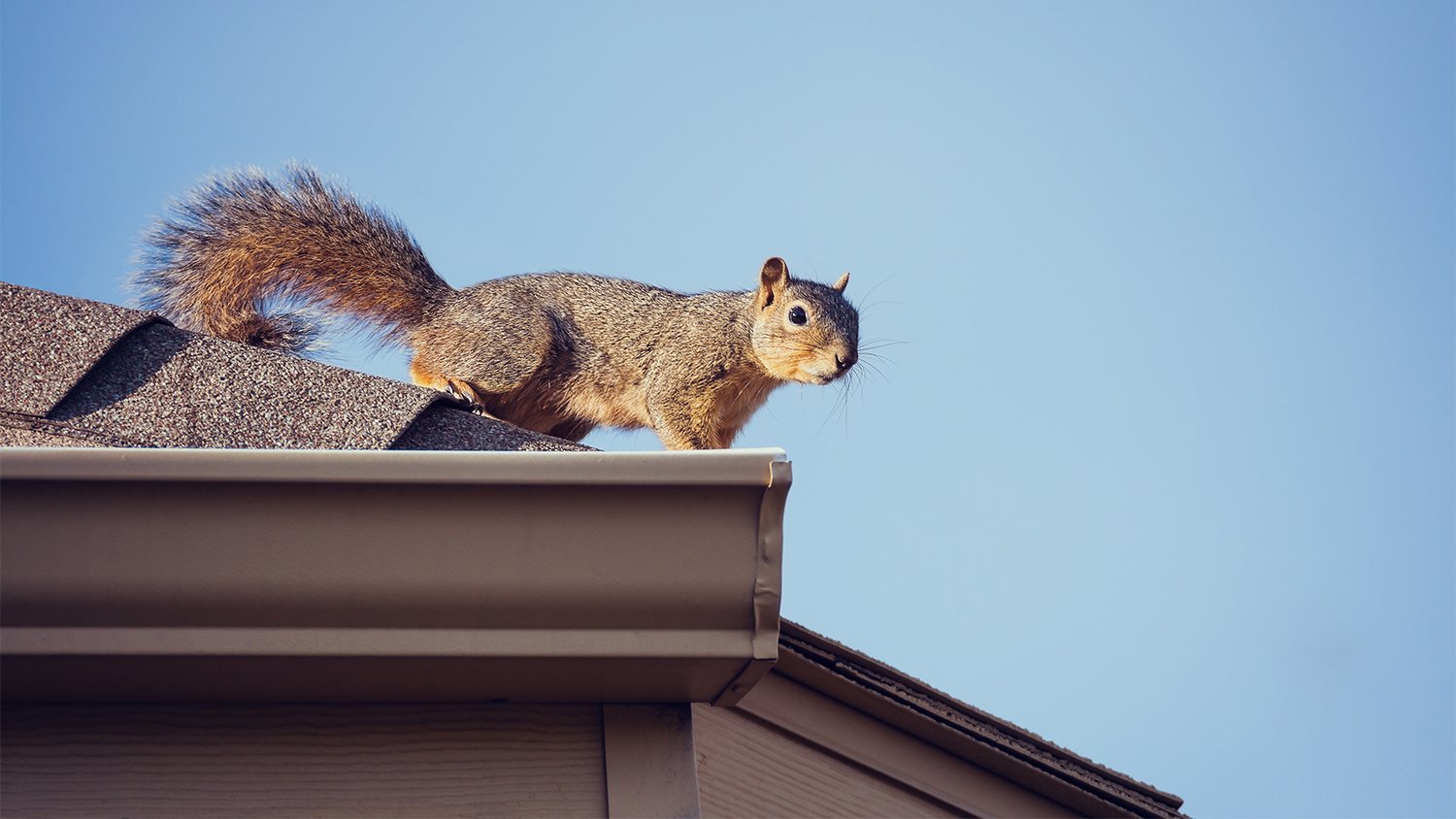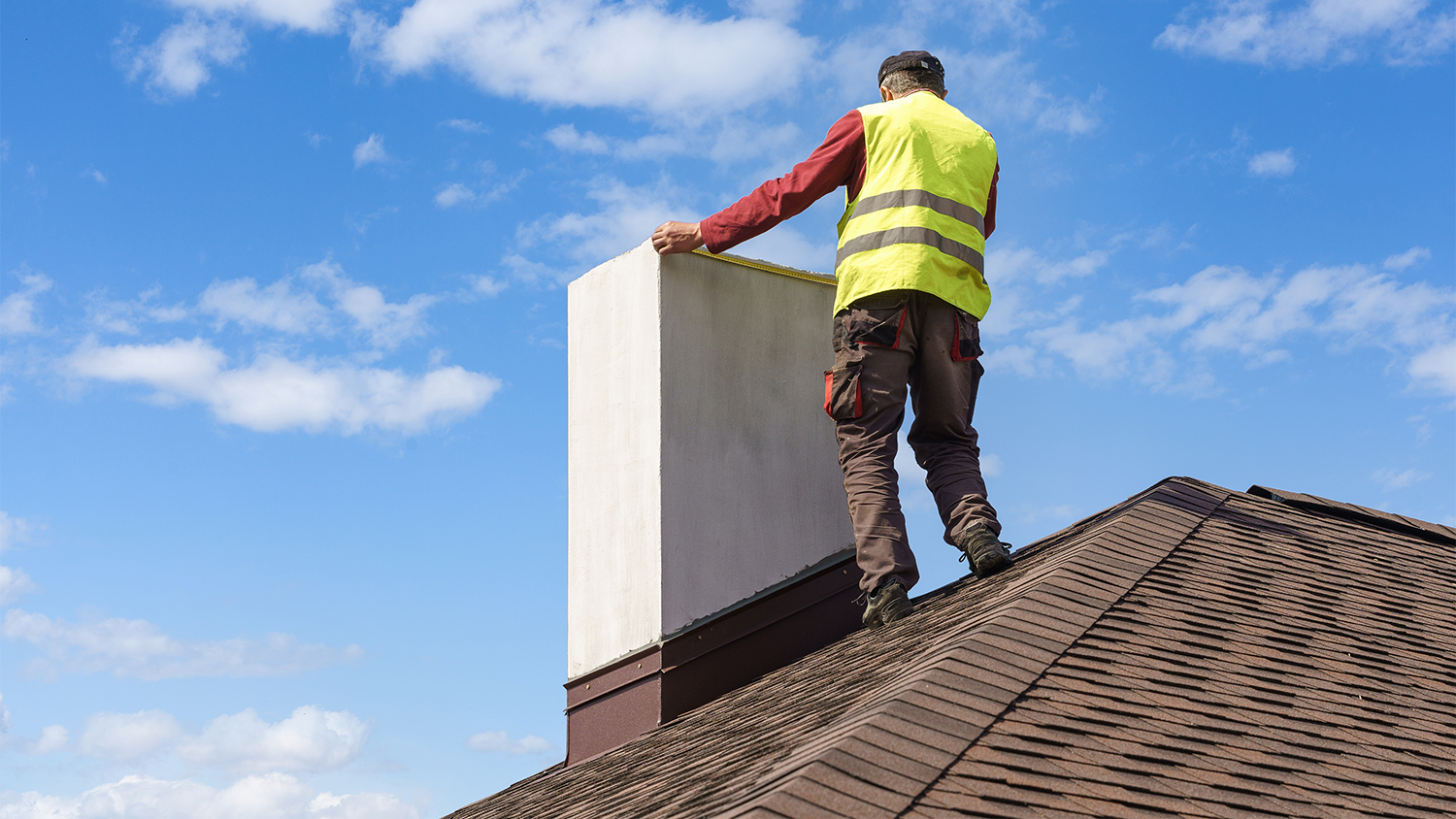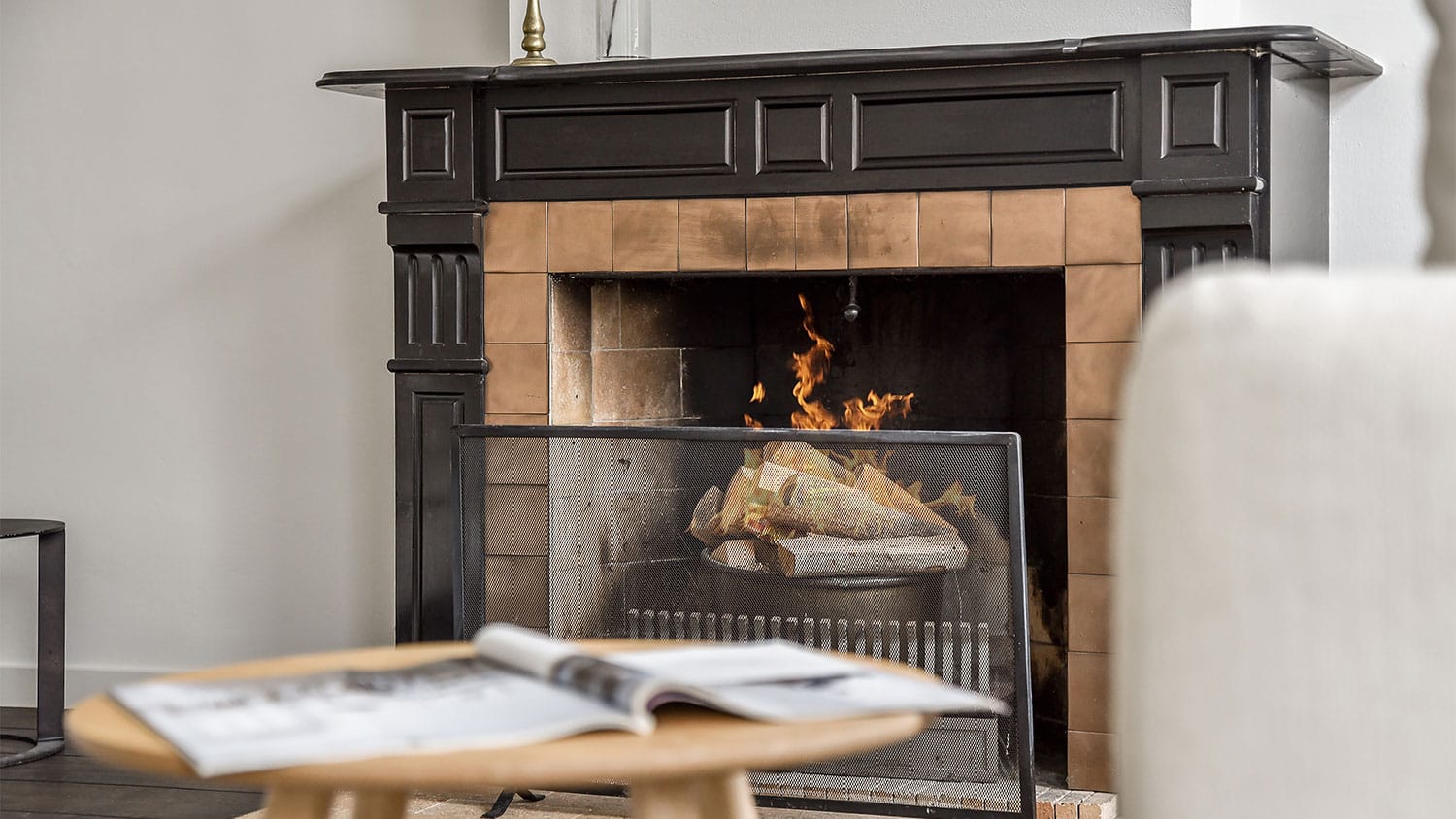What Is a Fireplace Inspection? 7 Reasons They’re So Important
So you can relax to that oh-so-nice crackling sound
You need a fireplace inspection at least once a year.
Book a fireplace inspection whenever you replace or upgrade your heating system.
Book an emergency inspection if you suspect damage to your fireplace or chimney.
You should book a chimney sweep to coincide with your fireplace inspection.
Your fireplace isn't ready to go for the season just because you've added your favorite decor to the mantel. If it's been more than a year since your last professional fireplace inspection, you're (literally) playing with fire every time you get that roar going. Here are seven things to know about fireplace and chimney inspections, including why it’s important to book them regularly.
When Do I Need a Fireplace Inspection?
You should schedule an annual fireplace inspection well before you plan to use it. This means you’ll likely be scheduling an inspection during the summer months. However, if you just purchased a home, have it inspected—or ask for proof of inspection—before you move in. This will ensure that the fireplace can operate safely and is structurally sound, so you won’t have to worry about damage to the rest of your home.
How Much Does a Fireplace Inspection Cost?
The average cost of a fireplace inspection depends on the extent of the inspection. A basic annual check-up, often called a level one inspection, costs between $100 and $950. However, a more intensive, level three inspection is much more thorough, resulting in costs that could reach $5,000, depending on the type and design of the fireplace.
Thinking you might save some money by DIYing your chimney or fireplace inspection? Think again. Here are seven things you should know about fireplace inspections and some great reasons to call a pro for the job.
1. Fireplaces Can Cause House Fires
Regular fireplace inspections can spot problems that could lead to a house fire. Fireplaces and chimneys are responsible for 1/5 of the direct property damage from heating equipment, according to the National Fire Protection Association (NFPA). Those beautiful orange flames that bring you joy when they’re dancing behind your hearth create a substance called creosote. Creosote is a black-brown combustion residue that layers inside your chimney's flue liner. This ultra-flammable layer will catch on fire if it has the chance to build up. An inspector can determine whether your fireplace and chimney are clogged with this combustible material.
2. There Are Three Levels of Fireplace Inspections
Make sure you know what to ask for when contacting a local fireplace inspector.
Level 1: The first tier is called a Level 1 inspection, and it covers all the visible areas that don't require tools for access. It may be all that's necessary if your fireplace appears to be in good shape without any damage.
Level 2: Changing or upgrading your heating system? You'll probably need a Level 2 inspection, which is also necessary if your fireplace sustains any type of damage. A pro should come equipped with a video-scanning device to look at your joists.
Level 3: This is the most in-depth fireplace inspection you can get. Your fireplace pro will check out hard-to-reach areas. It may be necessary to cut into drywall to reach spots that require a closer glance.
3. You Should Get a Fireplace Inspection Once a Year
The NFPA suggests that fireplaces and chimneys undergo inspections at least once per year. Annual inspections represent the bare minimum. If you suspect that something is damaged or failing within your fireplace structure, it's important to have an inspection done right away to avoid fire dangers.
4. Animals Can Cause Fireplace Damage

Small animals routinely seek out the warmth and security of chimneys. Squirrels, mice, and birds can all easily access the entry points of chimneys by scaling trees or siding. Unfortunately, they may make nests composed of twigs, leaves, lint, and other combustible materials. In addition, an animal or nest that is blocking airflow can cause carbon monoxide to build up.
Install carbon monoxide alarms on every level of your home, in central locations, and outside bedrooms. Check all of your carbon monoxide detectors every month, and replace the batteries on a set schedule according to the manufacturer’s instructions.
5. You Can Replace a Fireplace
If you’re not in love with your fireplace, there’s good news—you can replace it. But if it’s just in need of a few tweaks, there's a good chance that you can repair it as long as it’s structurally sound. An inspector can talk you through your options when it comes to repairing vs. replacing a fireplace. You might also consider upgrading your fireplace if you simply want high-tech options. Some new innovations that may sway you toward a fireplace replacement include:
Touch controls
Passive heat
Heat management systems
Aesthetically pleasing logs
Black glass
Newer fireplaces can help cut back on your heating bill, especially if you work from home and use it as a primary heating source. A new fireplace can also increase your home's appeal if you're planning to sell in the future.
If you have an outdated fireplace, you may find that getting a new fireplace that looks like it came straight from an Aspen lodge is a better option if the cost to repair a fireplace of your style is high.
6. A Fireplace Inspection Always Goes With a Chimney Inspection

Make sure the professional you're bringing in can do a full-scale fireplace inspection complete with a thorough chimney inspection that covers all mechanical and structural components. These are the four points that a local chimney sweep will hit:
Buildup
Obstruction
Damage
Structural issues
Most fireplace-caused house fires are due to obstructions along with cracks or other underlying structural issues.
7. You Should Do Your Own Fireplace Maintenance Between Inspections
There's no replacement for a professional fireplace inspection. However, you can keep your home even safer by doing these essential fireplace maintenance steps:
Dust the inside of your fireplace
Look for cracks in your brick
Consider having a fireplace damper installed
Use the right wood
Store wood properly
Replace damaged screens
DIY isn't usually the best path with something as important as a fireplace. Your most important DIY fireplace task is simply to be vigilant about spotting any changes that could require expert guidance.
Frequently Asked Questions
An annual inspection can ensure that a fireplace is in proper working order to avoid fire hazards and the release of carbon monoxide into the home. Not all fireplace issues, especially blockages, are easily visible from inside or outside the home, which is why a professional must conduct a thorough internal inspection of all of the fireplace and chimney components.
You should schedule a fireplace inspection at least once a year, per the National Fire Protection Association (NFPA). However, this is the minimum requirement even if you’re diligent with fireplace maintenance between uses. If you suspect your fireplace is malfunctioning, schedule one sooner to avoid fire hazards or the release of harmful emissions like carbon monoxide in your home.
Even if a homebuyer has no intention of using the fireplace installed in the home they’re thinking of buying, it’s vital to know when the fireplace and chimney were last inspected. Aside from learning that it can operate properly, homebuyers will want to know that the structures themselves are sound and won’t affect the integrity of the surrounding home. With full knowledge, homebuyers can then make plans for any necessary repairs before they move in.




- 50+ Stylish Fireplace Ideas to Boost Your Home’s Value
- How to Build a Fireplace to Boost Your Home’s Coziness Factor
- 30 Fireplace Remodel Ideas to Maximize Your Home’s Coziness
- Who Installs Fireplace Inserts? A Guide to Finding the Right Pro for the Project
- Fireplace Maintenance Tips That Will Keep You Cozy for Longer
- Who Do You Hire for a Fireplace Remodeling Project?
- Make Your Fireplace the Center of Attention With These 13 Tips
- Painted Fireplace Ideas: 7 Paint Colors To Keep the Room Cozy
- Who Installs Gas Fireplaces? Here’s Everything You Need to Know
- How to Light a Gas Fireplace No Matter the Remote or Switch Type











